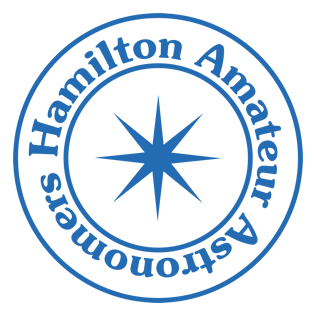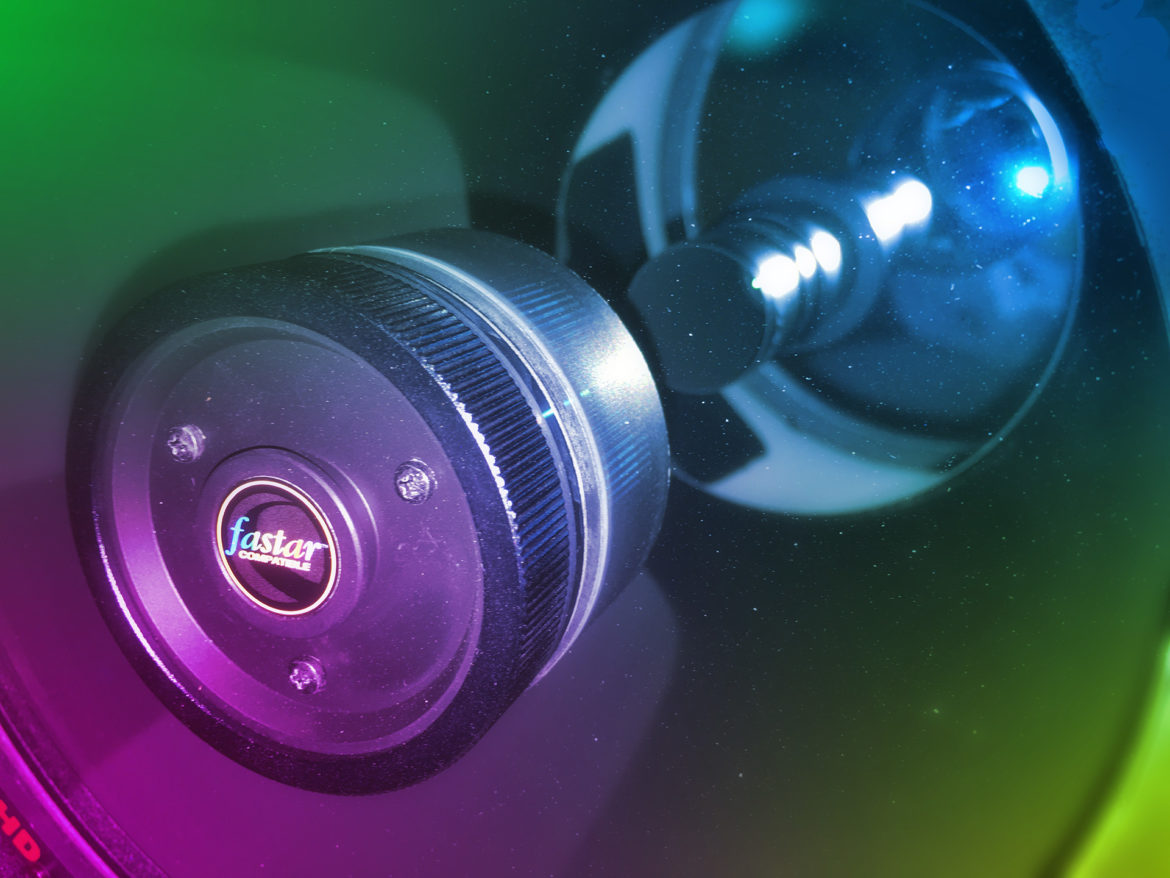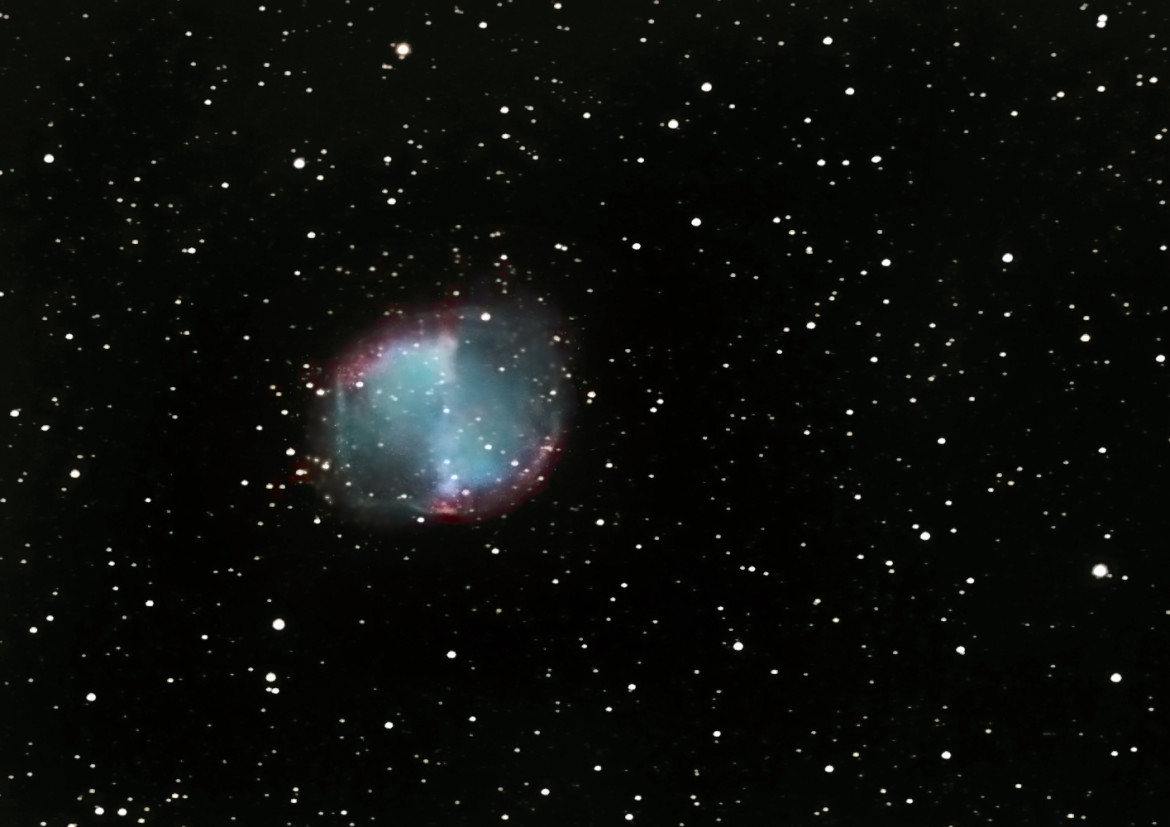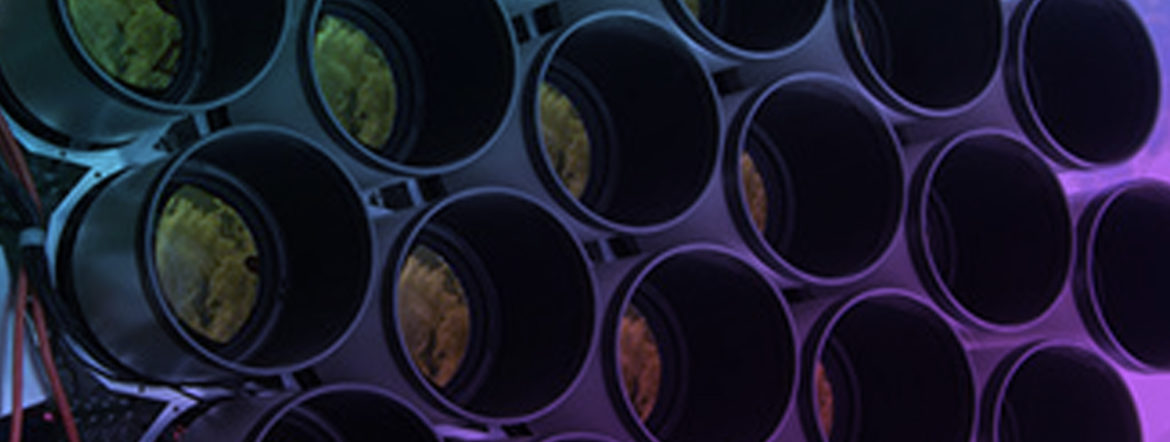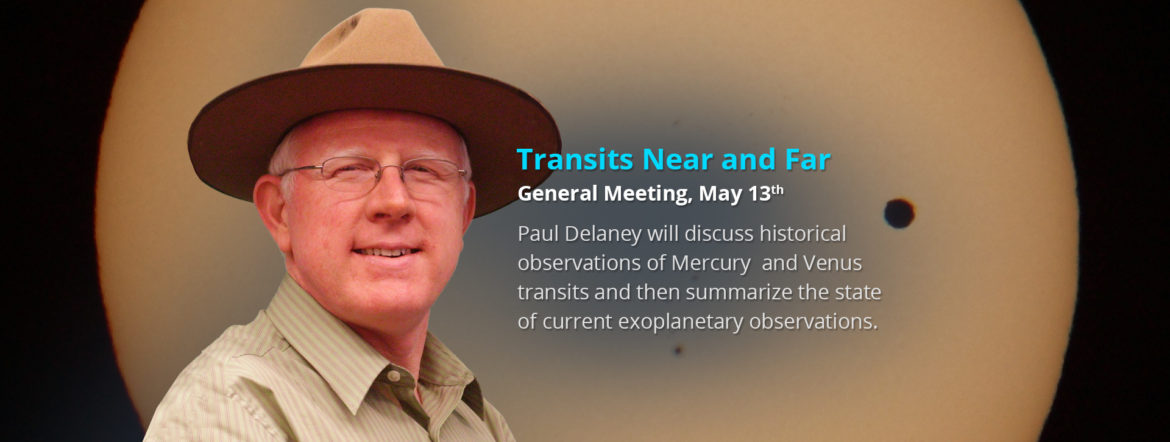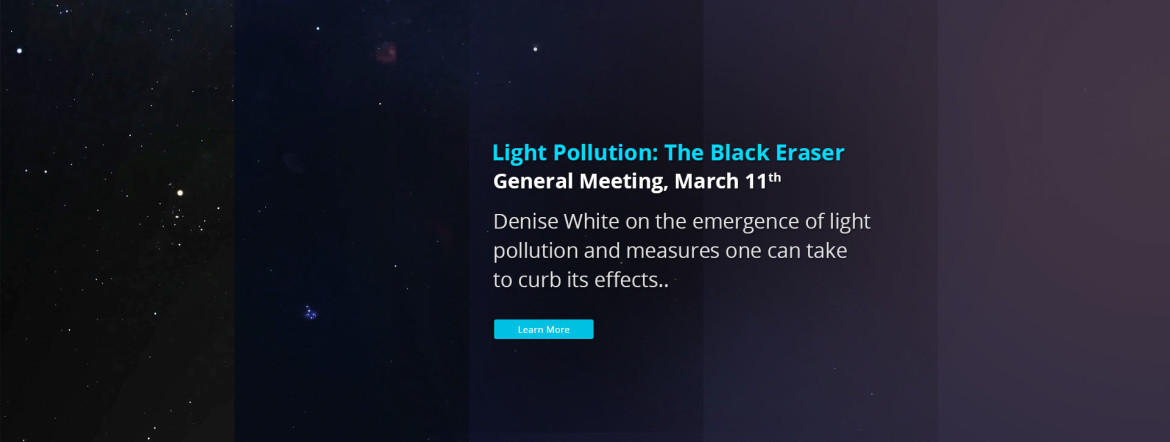Meetings
Links for the leap second mention at tonight’s The Sky this Month:
…and for the International Occultation Timing Association. The focus of the IOTA has shifted from grazes to pure occultations where the double-ness of a star can be measured. In some cases this is the only way to know the star is a double.
To see how eclipse totality duration varies depending on observing locations see this page with detailed contour maps:
Photo Credit: Mercury Transit – Bill Tekatch
General Meeting for January 13th 2016.
Bernie Venasse will be speaking about caring for your telescope optics which includes a video from Sky and Telescope. Bernie Venasse is HAA Chairman and has been an active astronomer since the days of Mercury, Gemini and Apollo. He is an active member of the British Astronomical Association, The International Dark Sky Association, the Astronomical League and Astronomers without Borders.
Kevin Salwach will also be speaking on his favourite astronauts. Kevin Salwach is an HAA Councillor-at-Large, and has been a member of the club since 2009. Also a member of the British Astronomical Association and the International Dark Sky Association, Kevin is a devoted backyard astronomer and avid naturalist. He can frequently be found exploring the night sky with his 10″ Dob from his home on the West Mountain here in Hamilton.
General Meeting for December 9th 2016
Dr. Gord Williams will be talking about the design and construction of the observatory he made at his cottage in the Muskokas, and the challenges and victories involved. He will also share some collected stories about astronomy, and the visual treats he has observed over the years.
General Meeting for November 11th 2016
Almost every day someone enters the store asking how to pick out a telescope and then how to use one. Experienced observers seem to struggle as well. Here are some tips on how to make your observing session fun and productive.
Annual General Meeting, October 14th 2016
“Exploring the ghostly side of galaxies with Dragonfly” with Dr. Roberto Abraham, University of Toronto professor, Dept of Astronomy & Astrophysics
Bigger telescopes are usually better telescopes…. but not always. In this talk I will explore the ghostly world of large low surface brightness structures, such as galactic stellar halos, low-surface brightness dwarf galaxies, and other exotica such as supernova light echoes. These objects are nearly undetectable with conventional telescopes, but their properties may hold the key to understanding how galaxies assemble. I will describe why finding these objects is important, and why it is so devilishly difficult.
I will also describe a bizarre new telescope (the Toronto/Yale/Harvard Dragonfly Telephoto Array, a.k.a. Dragonfly) which is now being used to explore the low surface brightness universe and is testing some of the most fundamental predictions of galaxy formation models. Dragonfly is comprised of 48 commercial 400 mm f/2.8 telephoto lenses which utilize novel nanostructure-based optical coatings that minimize scattered light and ghosting. I’ll showcase some our early results, mainly focusing on the properties of ultra-faint stellar halos. I’ll also report the discovery of gigantic stellar disks underlying nearby galaxies, and will describe the discovery of a new class of ghostlike galaxies that are as big as the Milky Way but have about 1/1000 of its mass.
This unique and lively presentation is sure to entertain all ages and is especially suitable for newcomers to astronomy.
In the first half of the evening travel back to Renaissance Italy in March of 1610, where Galileo himself is portrayed as introducing you to his newest scientific instrument. Hear in his own words how he built this telescope, the observations he made, and the magnificent discoveries that even he realized would revolutionize our understanding of the heavens.
Then return to the present, as guest speaker John Gauvreau describes the great impact of this moment in history, showing how even today modern science still builds upon what Galileo started so long ago. The importance and value of this 400 year journey reaches far beyond just astronomy and science to change the very way we see the world in which we live.
General Meeting for June 10, 2016 @ 7:30pm
In the last 20 years, the amateur astronomer has gained access to three paradigm-changing technologies: The Internet, progressively sophisticated astronomy software, and the CCD camera. This presentation will outline how an amateur astronomer, armed with these technologies, can engage in professional-amateur (pro-am) collaborations and contribute to astronomical sciences by monitoring a wide-range of transient astrophysical phenomena. The presenter will describe some of the projects that he has been involved with, and how any amateur can participate in doing science with their astronomical equipment.
Continue Reading
General Meeting for May 13, 2016 @ 7:30pm
Astronomers have long known about Mercury and Venus transits of the Sun. However, this technique, now commonly referred to as the Transit Technique, has been amazingly successful in detecting exoplanets, planets around other stars. To date, nearly 6,000 exoplanets or planetary candidates have been detected, the majority of them using the Transit Technique. This talk will deal with some of the historical observations of Mercury and Venus transits and then summarize the state of current exoplanetary observations.
Continue Reading
General Meeting for April 15, 2016 @ 7:30pm
In the past few months, the discovery of Gravity Waves has made headlines. From the inordinate amount of coverage this discovery has generated in the popular press, it must be something rather significant. Why so much hype? What are Gravity Waves? How were they detected? What does it means to Science? What does it mean to us? Long time HAA member Don Pullen will attempt to break down this revelation in terms that we can all understand.
General Meeting for March 11, 2016 @ 7:30pm
Long ago Vincent van Gogh said, “The lamps are burning and the starry sky is over it all.” How times have changed with the emergence of light pollution. Today bright city lights are burning all over the evening sky, outshining the greatest night show on earth to the detriment of future generations. If the starlight storytellers are to disclose the tale of the universe, then the night needs to stay alive. This lecture presentation will examine light pollution from its onset; discuss its consequences, and then outline the measures one can take to curb its effects.
